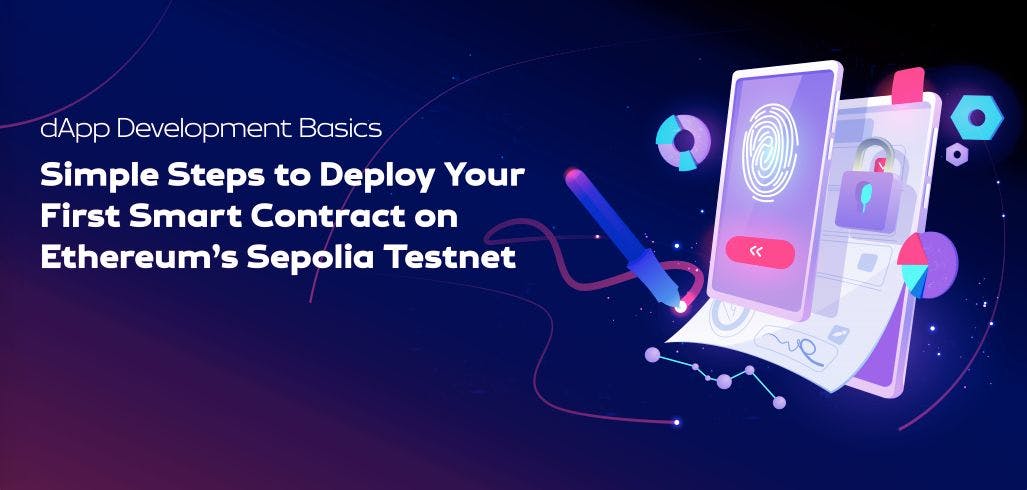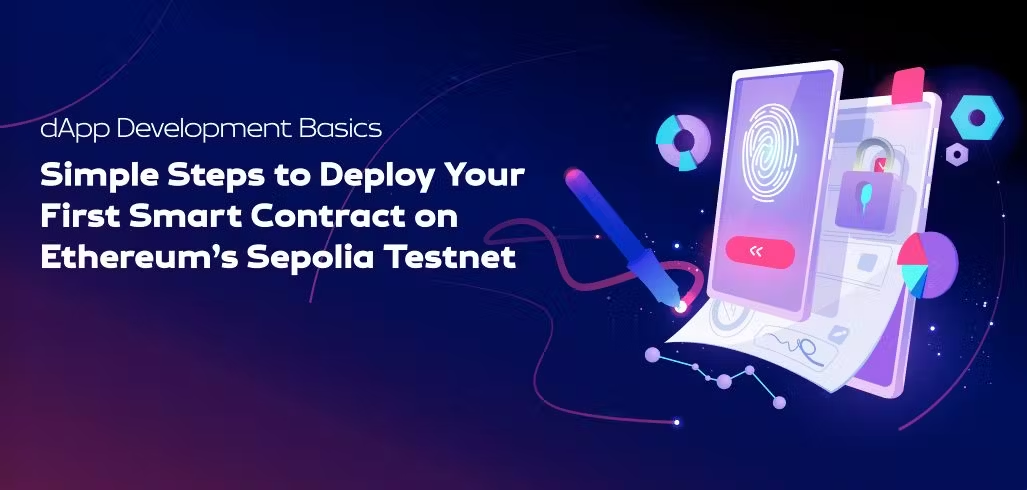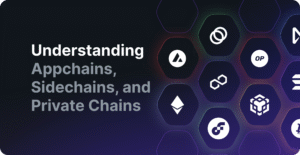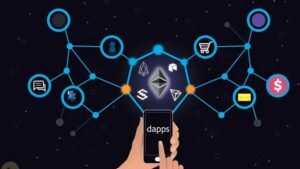Smart contracts on Ethereum are powerful, but they can’t access real-world data—like stock prices or weather updates—on their own. That’s where Chainlink Oracles come in, bridging the gap between blockchains and external data. If you’re a developer looking to create automated smart contracts that react to real-world events, this beginner-friendly guide will show you how to use Chainlink Oracles with Solidity. Let’s dive in!

What Are Chainlink Oracles?
Chainlink Oracles are decentralized services that fetch real-world data (like APIs, market prices, or random numbers) and deliver it to smart contracts on Ethereum. Think of them as trusted messengers: they ensure your contract gets accurate, tamper-proof data from outside the blockchain.
For example, a smart contract for a decentralized insurance app might need weather data to pay out claims automatically. Chainlink Oracles make this possible by connecting your contract to external APIs securely.
Why Use Chainlink Oracles?
Oracles unlock new possibilities for smart contracts, enabling automation in areas like:
- DeFi: Adjust loan rates based on market prices.
- Gaming: Generate random numbers for blockchain-based games.
- Insurance: Trigger payouts based on real-world events, like flight delays.
For developers, Chainlink Oracles are a game-changer, letting you build DApps that interact with the real world reliably and securely.
Tools You’ll Need
Before building your automated smart contract, set up your environment with these tools:
- Remix IDE: A browser-based tool for writing and deploying Solidity contracts. Access it at remix.ethereum.org.
- MetaMask: A wallet to interact with Ethereum testnets. Download from metamask.io.
- Chainlink Contracts: Use Chainlink’s libraries to connect to oracles. Available via npm or Remix.
- Testnet ETH and LINK: Use the Sepolia testnet and get test tokens from faucets like sepoliafaucet.com and faucets.chain.link.
With these tools, you’re ready to create a smart contract that uses Chainlink Oracles.

Step-by-Step: Building an Automated Smart Contract
Let’s build a smart contract called PriceConsumer that fetches the latest ETH/USD price using a Chainlink Oracle. This example uses Remix IDE and the Sepolia testnet. Follow along to see how it works!
Step 1: Set Up Remix IDE
Open Remix IDE and create a new file named PriceConsumer.sol. Remix is perfect for beginners, offering a code editor, compiler, and deployment interface in one place.
Step 2: Write the Smart Contract
Here’s the Solidity code to fetch the ETH/USD price using Chainlink’s Data Feeds:
// SPDX-License-Identifier: MIT
pragma solidity ^0.8.0;
import "@chainlink/contracts/src/v0.8/interfaces/AggregatorV3Interface.sol";
contract PriceConsumer {
AggregatorV3Interface internal priceFeed;
int256 public latestPrice;
constructor() {
// Sepolia ETH/USD Price Feed
priceFeed = AggregatorV3Interface(0x694AA1769357215DE4FAC081bf1f309aDC325306);
}
function getLatestPrice() public {
(
/* uint80 roundID */,
int256 price,
/* uint256 startedAt */,
/* uint256 timeStamp */,
/* uint80 answeredInRound */
) = priceFeed.latestRoundData();
latestPrice = price; // Price in USD with 8 decimals
}
}
Let’s break it down:
import "@chainlink/contracts...": Imports Chainlink’s interface for price feeds.AggregatorV3Interface: Connects to Chainlink’s ETH/USD price feed on Sepolia.constructor(): Initializes the contract with the price feed’s address.getLatestPrice(): Fetches the latest price and stores it inlatestPrice.
Step 3: Import Chainlink Contracts
In Remix, enable the “NPM” plugin to import Chainlink’s contracts. Alternatively, copy the AggregatorV3Interface from Chainlink’s GitHub into a new file in Remix. This ensures your contract can communicate with the oracle.
Step 4: Compile the Contract
In Remix, go to the “Solidity Compiler” tab, select version 0.8.0 or higher, and click “Compile PriceConsumer.sol”. Check for errors to confirm your code is correct.
Step 5: Deploy to Sepolia Testnet
Connect MetaMask to the Sepolia testnet and fund it with test ETH and LINK tokens from Chainlink’s faucet. In Remix, go to the “Deploy & Run Transactions” tab, select “Injected Provider – MetaMask,” and click “Deploy.” Approve the transaction in MetaMask.
After deployment, call the getLatestPrice function in Remix. The contract will fetch the ETH/USD price from Chainlink’s oracle and store it in latestPrice. You’ve just built an automated smart contract!

Why This Contract Is Useful
This PriceConsumer contract is a building block for real-world DApps. For example, you could extend it to:
- Adjust loan rates in a DeFi app based on ETH’s price.
- Trigger payouts in a betting app when a price hits a threshold.
- Display real-time market data in a trading dashboard.
Chainlink Oracles make your contracts dynamic, connecting them to the world beyond the blockchain.
Tips for Working with Chainlink Oracles
To build better automated contracts, keep these tips in mind:
- Use Trusted Feeds: Stick to Chainlink’s verified price feeds for accurate data. Check available feeds at docs.chain.link.
- Handle Stale Data: Verify the timestamp of oracle data to ensure it’s recent.
- Optimize Gas: Minimize oracle calls, as they consume gas. Cache data when possible.
- Test Thoroughly: Use Remix or Hardhat to simulate oracle responses before deploying.
These practices ensure your contracts are reliable and cost-effective.
Exploring Other Chainlink Features
Chainlink offers more than price feeds. As you grow, explore these features:
- Chainlink VRF: Generate verifiable random numbers for games or lotteries.
- Chainlink Keepers: Automate contract functions, like triggering updates at set intervals.
- Custom API Calls: Fetch any API data, like sports scores or IoT sensor readings.
Learn more at chain.link to unlock advanced automation.
Next Steps for Developers
You’ve built your first automated smart contract with Chainlink—awesome work! Here’s how to keep learning:
- Build a DApp: Combine your contract with a front-end using Web3.js or Ethers.js.
- Explore Chainlink Docs: Dive into tutorials at docs.chain.link.
- Join the Community: Connect with developers on Chainlink’s Discord or Ethereum Stack Exchange.
Keep experimenting to create innovative, data-driven DApps.
Conclusion
Chainlink Oracles supercharge Ethereum smart contracts by connecting them to real-world data. With Solidity and Chainlink’s price feeds, you’ve built a contract that fetches the ETH/USD price automatically. This guide is just the start—Chainlink opens up endless possibilities for decentralized automation.
Try enhancing your contract, exploring other Chainlink features, or sharing your project with the community. Have questions or ideas? Drop a comment below!






















